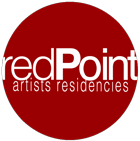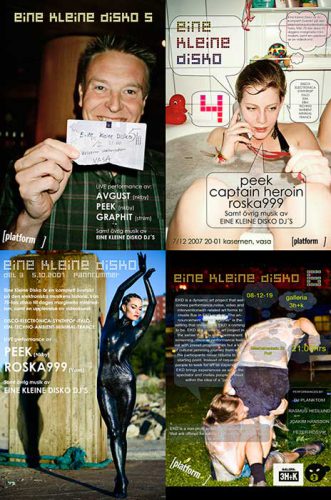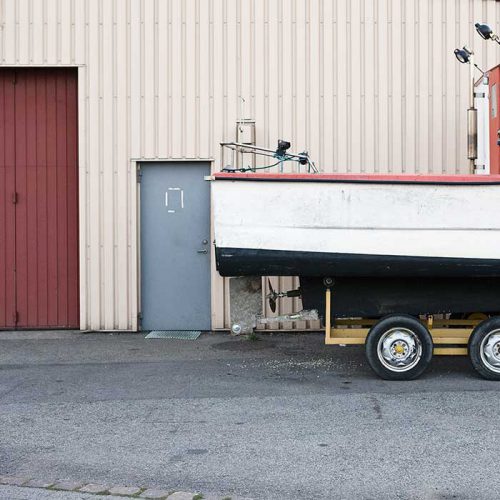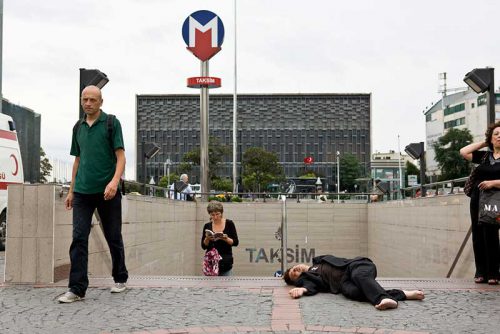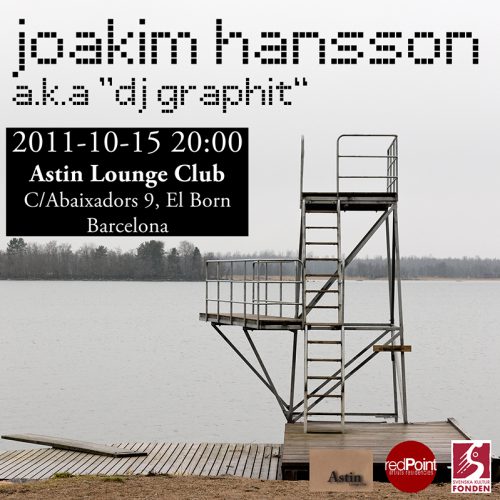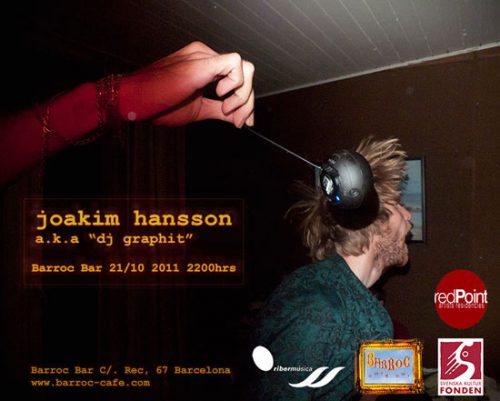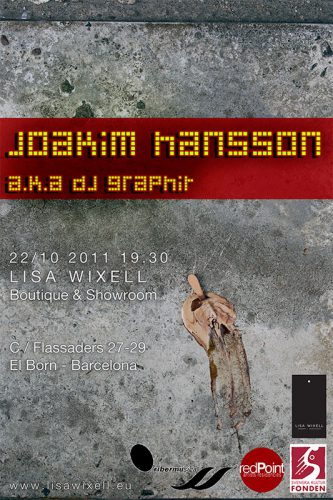Critisize
Reveal
Show
All art is political
As an artist I want to criticize and reveal/show matters which I think are important in society, I want to especially reach an audience that is normally not
part of the art crowd.
What do I mean with this?
I say that all art is political and it is important for me as an artist to be aware of this. I either support status quo or criticize it.
The role of the artist today is, to me, more of the researcher and critic than what it traditionally was in the past, with the past I mean the time when
artists (before the Impressionism) were more of the handicraft and artisan kind (aware or unaware..?) than persons with a clear and self-aware
expression. Especially painters and sculptors produced images of important and primarily rich persons, their work were of a more practical kind to
preserve and display power.
-Today most contemporary artists interpret the society and time they live in through a myriad of different expressions. Portraitmakers is considered to
be lesser artists, if artists at all.
For me it is important to work with the questions that I see matter, not to do commissioned work in order to satisfy an employer. Sometimes I do that
though, but when it happens it is crucial to me that I retain my freedom in order for my expression to be authentic and not bought. For me artistic
expression needs to be free and not blindly serve a religion, company or ideology.
As an artist I have a responsibility to investigate and exam the time and society I live in, much like an investigating journalist.
It is of great importance that artistic expression is vivid, alive and spread to as many as possible, because of the latter I consider the white cube to be
an outdated form in which to display contemporary artistic works in. Why? Mainly because of the simple reason that too few from the public visit the
galleries or museums to consume art.
Instead of trying to lure the public into the galleries and museums I am of the opinion that art should be taken out of these places and put straight into
the public space, so that it can be experienced by as many as possible. It is good if artistic expression is spread to as many people as possible, in this
way the public gets the opportunity to experience an alternative way tof see, interpret and maybe understand the time and society we all live in.
We as consumers are constantly bombarded with information and commercial messages through miscommunication medias such as radio, tv and
internet – this is of course a very effective method of reaching people, I consider to be of great importance. Most of us who have grown up in northern
Europe have a trusting attitude to radio, tv and newspapers. I try to use these medias as often as possible to, like commercials, reach as many as
possible. To me it is very interesting to for instance compare how my videoworks are received when they are shown on a screen in a gallery or on
national tv.
I use several techniques and expressions in my work, often I combine photography, video, sound and installation to a whole. Sometimes my works
are spread out in time with no clear beginning or end. To work in four dimensions is important to me, not only to use the traditional three – time is
crucial. There is a freedom in working with several techniques, to cling on to only one is too limiting I think.
The different techniques are like tools in my toolbox, it is important to be able to handle several techniques, but the technique in itself must never be a
goal – what matters is how it is used in order to reach the audience.
I often work with fresh matters in my practice, with fresh I mean things or events that are going on right now such as genus, the spread of
consumption- and surveillance society, globalization and the alienation I experience in modern society. As of late I have also started questioning the
role of the artist of today where most artists are in line in the gallerysystem and kept on a leash by curators. I often approach this by direct art such as
unannounced interventions, performances and actions. It is interesting to see how the audience reacts during these events, often they are not really
sure of what is going on, one example of this is the ongoing project “scenery with a guy lying in the street” in which I work together with Peter Rosvik.
Also the project “Eine Kleine Disko” and the “ljudLYD” soundart festival falls into this category.
To work in a group together with other artists is something I find stimulating, often thoughts and ideas are worked out in cooperation with others in
order to reach a goal or conclusion with the project. In the beginning I was surprised that I felt happy working this way, but some projects are simply
more suited to work with in a group.
I often use wellknown forms for my projects such as underground parties, documentary film, structures, commercials or common objects in this way
the audience hopefully discovers that they are served more than an opinion or claim. Through the use of several techniques, forms, layers and by
often by a first glance concealing my works in common objects and forms I think my work gets more weight. I want to audience to explore, interpret
and in some cases als influence the works they are experiencing and being a part of.
It is not important to me that my opinion reaches the audience exactly as I think, that I transfer my opinion to the audience, what is important to me is to
challenge the audience with questions, to get them to reflect on where they stand in a certain question, to get him or her to question or even
reevaluate his o her position in a certain matter. I have no answers, my role is to raise the question.
Change. It is crucial that art constantly tries to gain new ground, break barriers and change. I think that the art scene says a lot of the society, a vivid
and challenging art scene is a sign of a sound society.
